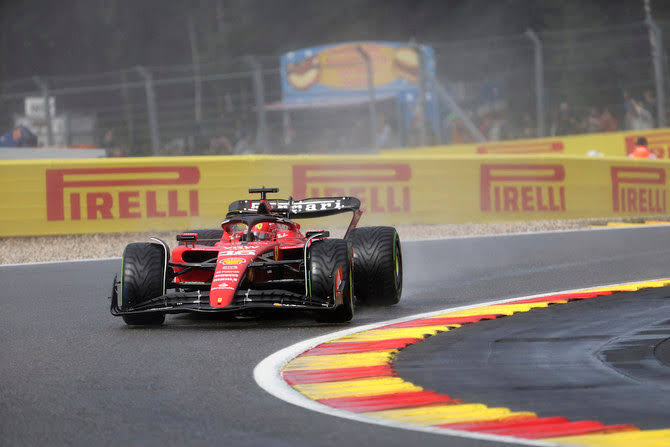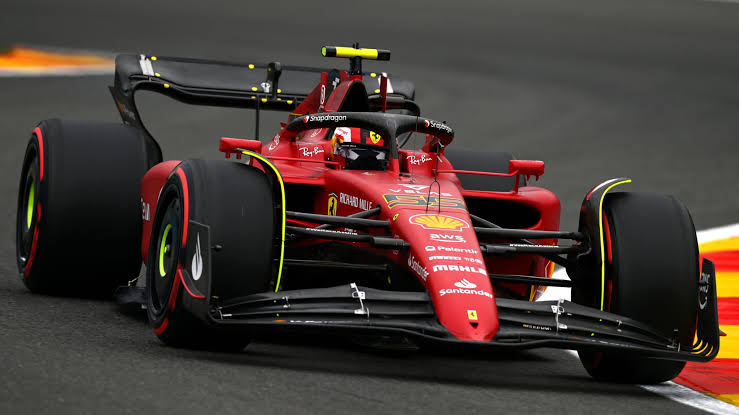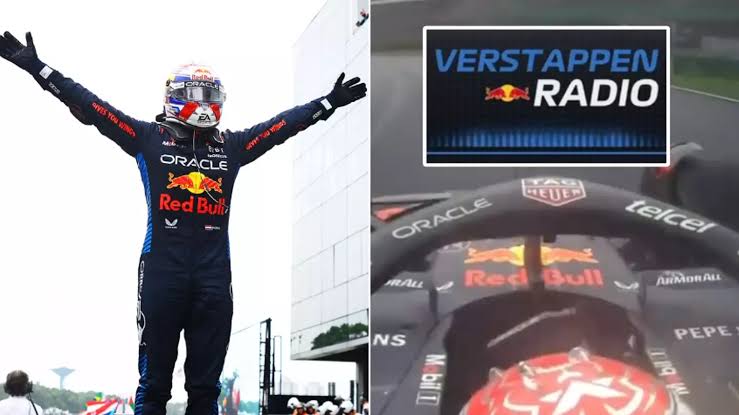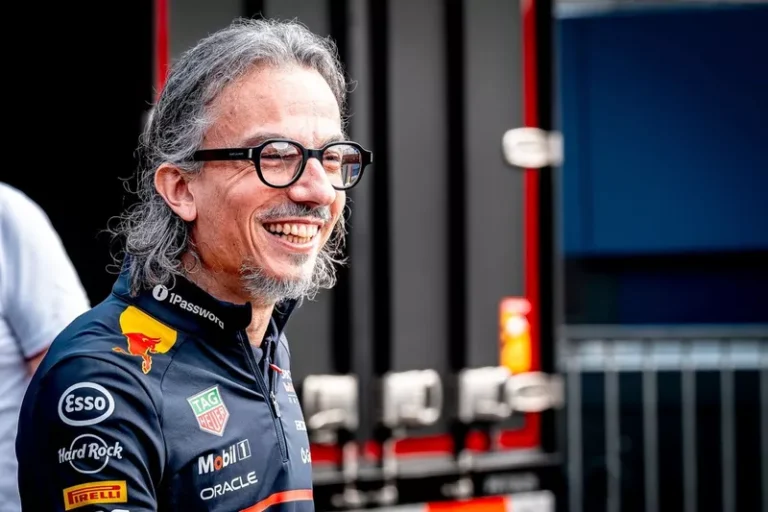
Lewis Hamilton became the unexpected catalyst for a delay during sprint qualifying at the Belgian Grand Prix after spinning dramatically at Spa-Francorchamps’ final corner. On a decisive flying lap in SQ1, the seven-time world champion—now donning Ferrari red—lost control while aiming to surpass Alex Albon’s time for a spot in SQ2. The high-speed spin pitched Hamilton into the gravel, scattering debris across the track and abruptly ending his session. This mishap not only crushed his qualifying hopes but also brought proceedings to a temporary halt as marshals scrambled to restore the racing surface.
The clean-up, which lasted approximately five minutes, was the second interruption of the session after Kimi Antonelli, Hamilton’s successor at Mercedes, suffered an off-track moment earlier in SQ1. Antonelli’s incident similarly left gravel strewn across the asphalt, compounding delays and underscoring the treacherous conditions that drivers faced on Spa’s demanding layout. Both mishaps disrupted the rhythm of qualifying, amplifying the pressure on teams to adjust strategies under constrained timelines.
For Hamilton, the consequences were particularly severe. His unforced error ensured he would line up a lowly 18th for the sprint race, despite promising early pace with Ferrari’s newly introduced upgrades. The setback dealt a blow to expectations that the Maranello squad’s latest technical package could thrust them into the competitive mix. In stark contrast to his illustrious career defined by precision and control, the spin marked another chapter in what has been a turbulent transition to Ferrari in 2025.
The episode also magnified the broader challenges facing Hamilton and his team. While the SF-24 demonstrated flashes of capability, the margin for error remains razor-thin, particularly on a circuit as unforgiving as Spa. Antonelli’s woes only reinforced the unforgiving nature of sprint qualifying, where condensed formats incentivize aggressive driving and leave little room for recovery from mistakes. Ferrari, for all its upgrades, now finds itself grappling not just with performance metrics but also operational resilience under high-stakes conditions.
Looking ahead, both Hamilton and Ferrari must reframe the sprint as an opportunity for damage limitation and data gathering in preparation for Sunday’s main event. Despite the grim grid position, extracting meaningful race pace could yield critical insights to inform strategic refinement. Yet, for Hamilton, the incident serves as a sobering reminder of the precarious balance between ambition and risk in Formula 1’s sprint era—a reality that even the most seasoned champions cannot escape.




